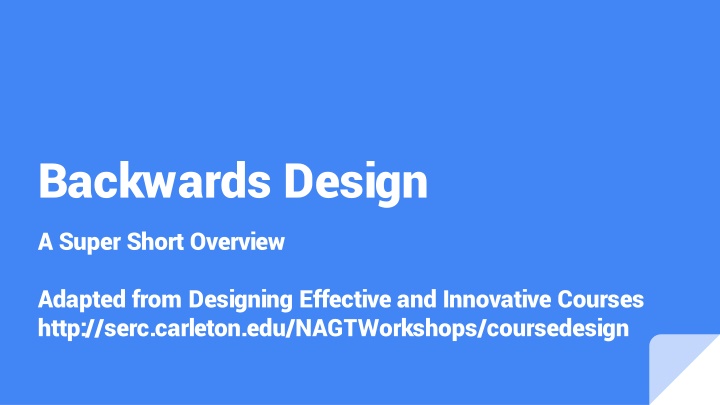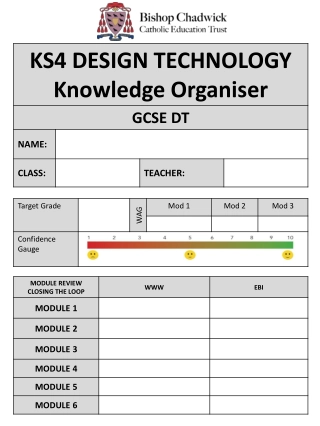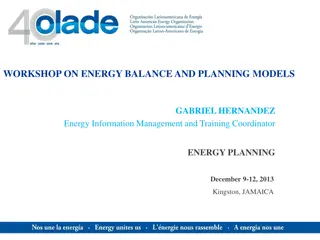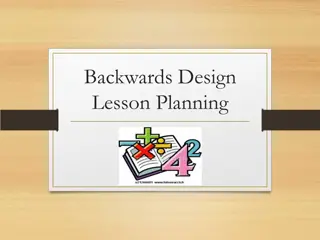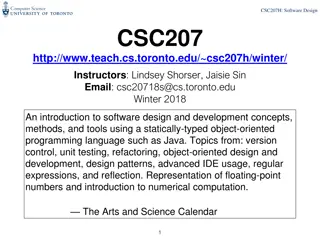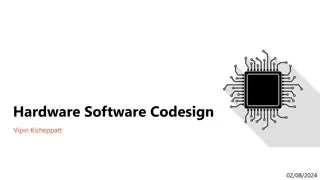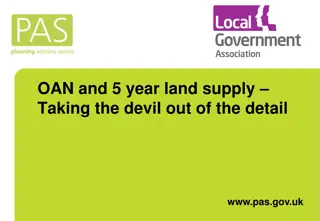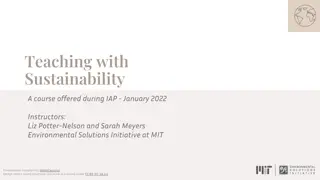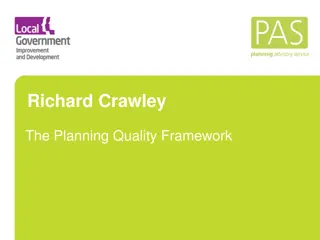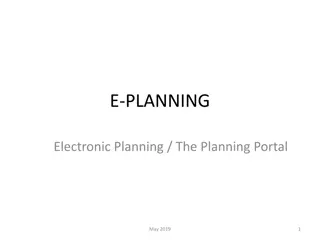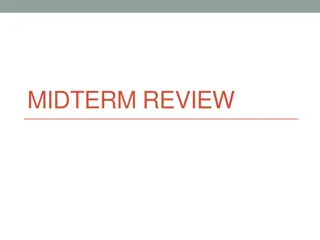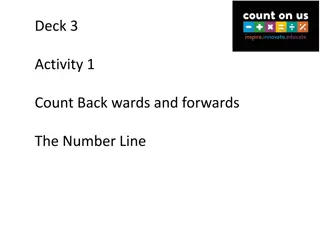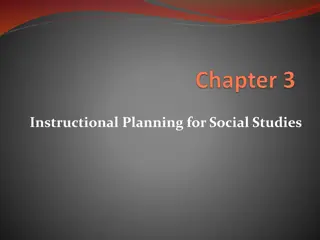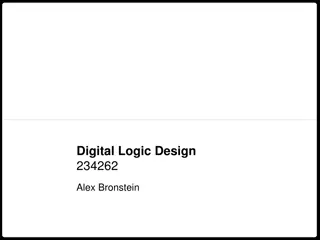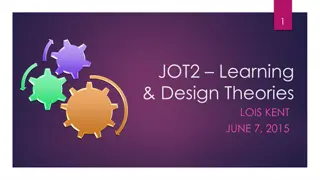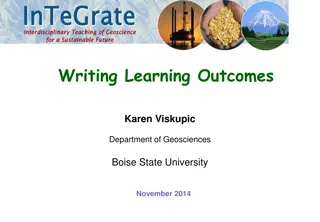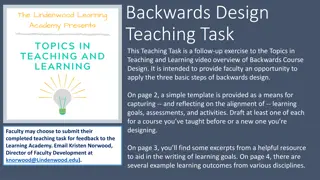Backwards Design Overview for Effective Course Planning
Dive into the world of Backwards Design - a strategic methodology for course development. Learn the key steps to creating impactful learning experiences, from understanding your audience to designing activities that drive results. Explore the essential characteristics of effective goals and practice evaluating goal statements with real examples. Get inspired to design your own educational goals and engage in collaborative goal refinement discussions with peers. Discover the power of Backwards Design in enhancing teaching and learning outcomes.
Download Presentation

Please find below an Image/Link to download the presentation.
The content on the website is provided AS IS for your information and personal use only. It may not be sold, licensed, or shared on other websites without obtaining consent from the author.If you encounter any issues during the download, it is possible that the publisher has removed the file from their server.
You are allowed to download the files provided on this website for personal or commercial use, subject to the condition that they are used lawfully. All files are the property of their respective owners.
The content on the website is provided AS IS for your information and personal use only. It may not be sold, licensed, or shared on other websites without obtaining consent from the author.
E N D
Presentation Transcript
Backwards Design A Super Short Overview Adapted from Designing Effective and Innovative Courses http://serc.carleton.edu/NAGTWorkshops/coursedesign
Backwards Design (Understanding by Design) Wiggins and McTighe (2006)
What is BD or UbD? First: Understand your audience and the challenges the class will meet Next: Identify the desired goals (at the big idea level) Third: Determine what qualifies as evidence that the desired outcomes have been achieved Finally: Design activities that will enable learners to achieve the desired results Most of us are somewhere on the continuum between content-driven and backward-design course planning models
Goals are must have certain characteristics Goals must be Student Focused, not teacher- focused Goals should focus on higher-order thinking skills? Does the goal have measureable outcomes? Is the goal concrete, rather than vague or abstract?
I want to introduce students to the fundamental concepts of fluid dynamics Practice Evaluation of Goal Statements I want students to understand the scientific method I want students to be able to describe the seven major natural disasters covered in the course and explain the atmospheric phenomena involved in the disasters Are they: Student-focused? I want students to be able to identify fronts on a surface map Higher-order? I want students to know the quasi-geostrophic vorticity equation Measurable? I want students to be able to examine a four-panel chart, make observations from the data, and determine a forecast for their location for the next 36 hours Concrete? How would you improve them? What ancillary skills are
Design Your Own Goals Select a course of interest to you Develop 2-3 specific learning goals We will convene in groups of similar interest, and discuss and refine one of those goals to share.
Gallery Walk -Backwards Design on a Unit Plan Select into a small group based on what type of class you want to develop more Suggestions for what to write on the poster: Who are your students, and what skills do they already have? What are your learning goals? How do you measure them? What ancillary skills are they expected to pick up along the way? What would improve teaching practice to make good teaching great?
Gallery Walk -discussion Comment on the posters: Areas of agreement Areas for suggested further development Ideas you already have that another group might benefit from Groups be prepared to discuss the comments you ve gathered, as well as major themes that arise from the collective discussion, and any knowledge gaps that are uncovered
